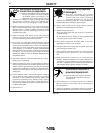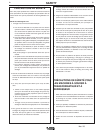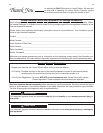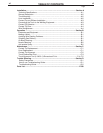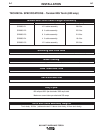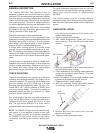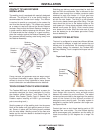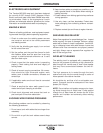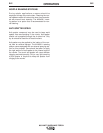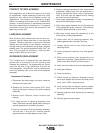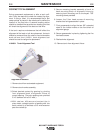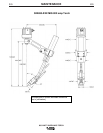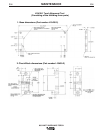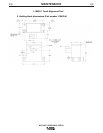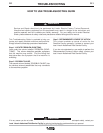
B-1
OPERATION
B-1
ELECTRODES AND EQUIPMENT
The Tandem MIG 800 amp torch has been designed
for use with 0.035" through 0.062" diameter Lincoln
Electric solid and metal cored steel GMAW wire weld-
ing electrodes. Refer to the appropriate Lincoln
process and electrode selection guidelines for further
information on available electrodes and packaging.
MAKING A WELD
Observe all safety guidelines, read equipment operat-
ing manuals thoroughly before operating equipment.
1. Check to make sure the welding power sources
are turned on and set to the correct parameters
and welding modes.
2. Verify that the shielding gas supply is on and set
for the correct flow rate.
3. Set the preflow and the post flow timers for both
wire feeders. Make sure the post flow is set long
enough to shield electrode extension as it cools
after burn back cycle.
4. Check to see that the water cooler is operating
properly. Check cooling fluid level and integrity of
cooling hoses.
5. Check all current carrying connections. All connec-
tions should be tight: electrode cables, work
cables, torch to feeder connections, diffusers and
contact tips.
6. If applicable, make sure the air blast is connected
and operational.
7. Check to see that the return earth ground is con-
nected and all part clamping is activated.
8. Check torch alignment and ensure that torch or
part travel path is free from obstruction.
AVOIDING WIRE FEEDING PROBLEMS
Wire feeding problems can be avoided by observing
the following procedures:
1. Do not use a torch with cables that are longer than
necessary.
2. Do not kink or pull the torch cables around sharp
corners.
3. Keep torches cables as straight as possible or pro-
vide a gradual bend in the cables when welding or
loading new wire.
4. Protect cables from rubbing against sharp surfaces
during operation.
5. Use only clean, rust free electrodes. Protect elec-
trode packaging from collecting airborne contami-
nates.
6. Replace contact tips and liners at regular intervals.
SHIELDING GAS DELIVERY
Adjust flow regulators for prescribed gas flow. Inspect
hoses regularly for wear or damage. Perform a soapy
water test on hoses if a leak is suspected. Avoid kink-
ing or collapsing hoses with cable clamps. Insure that
diffusers and hose connections are properly seated
and tight. Always use an separate flow regulator for
each of the two gas lines.
AIR BLAST CLEANING
The welding torch is equipped with a separate gas
hose for the purpose of providing a high pressure air
blast through the nozzle area to clear loose spatter
that may have accumulated between the two dif-
fusers.
The high pressure air is routed through the torch
retainer and exits into the nozzle through a series of
holes spaced in the retainer insulator.
Air should be dry and free of oil or anti-spatter com-
pound. Pressure should be adequate to free loose
spatter (50-100 psi).
NOTE: Do not deliver anti-spatter compound or clean-
ing fluids through the air blast hose. Fluids applied
through the air blast hose will shorten the life of the
retainer and insulator and adversely affect welding
performance.
800 AMP TANDEM MIG TORCH



